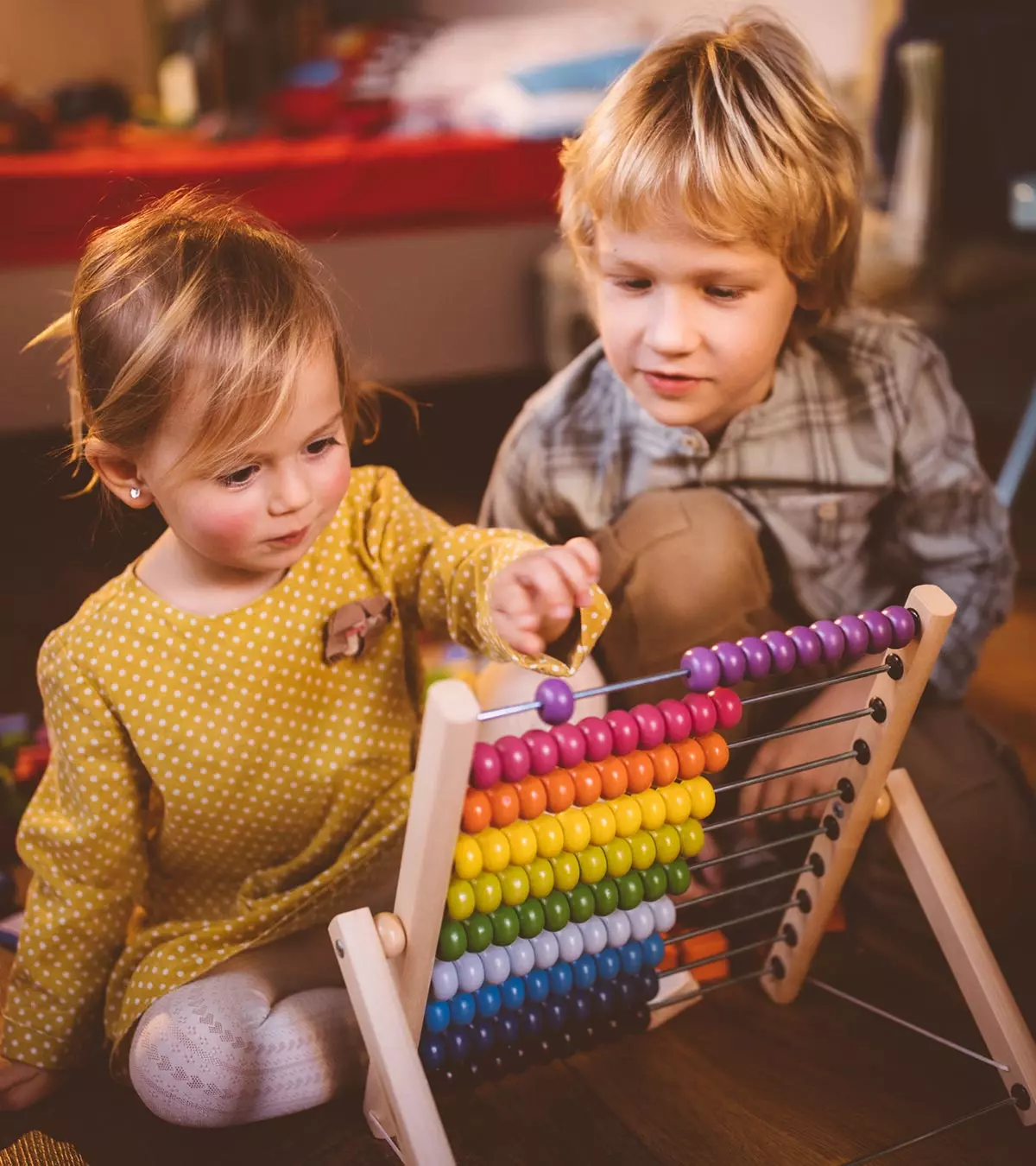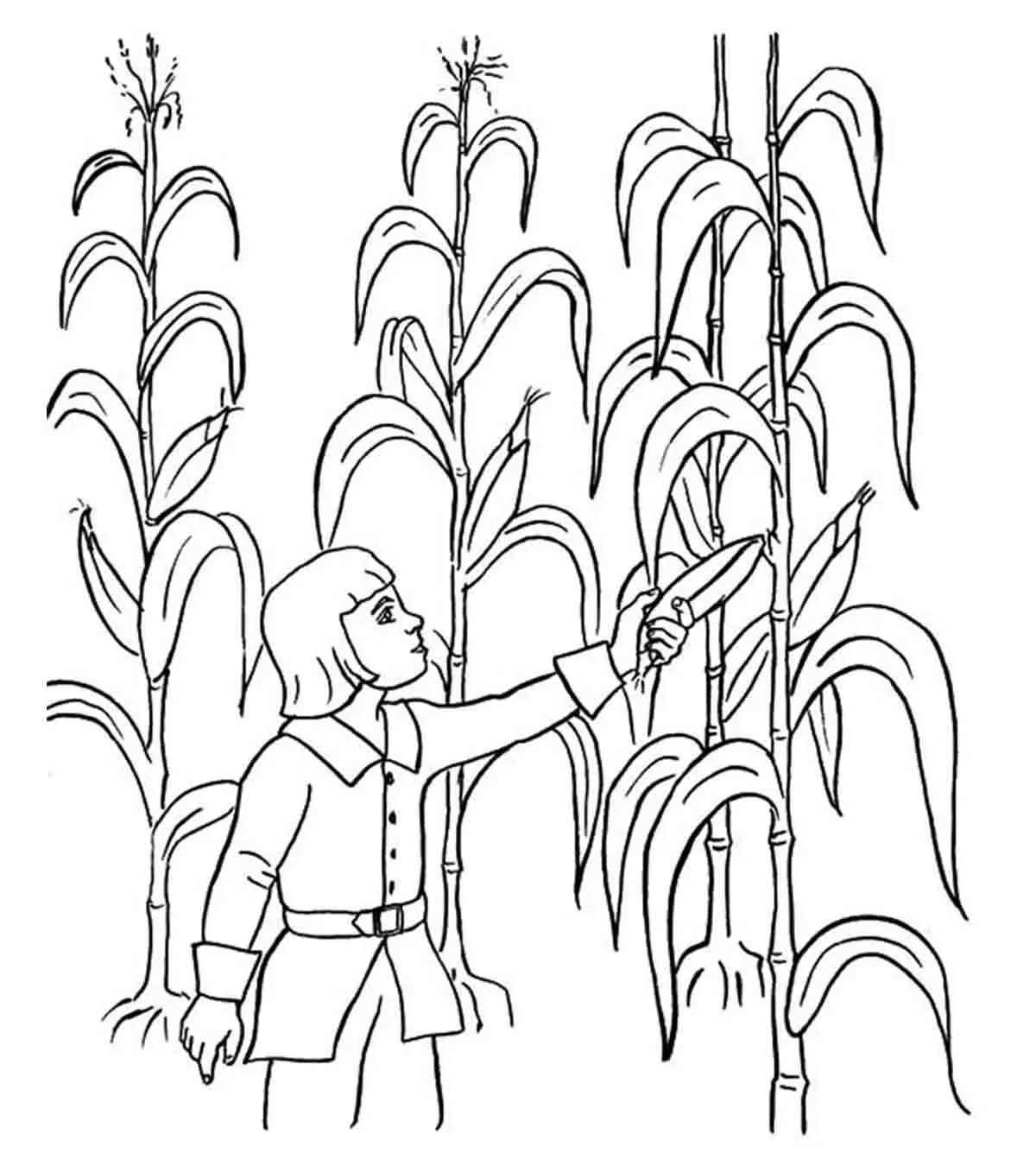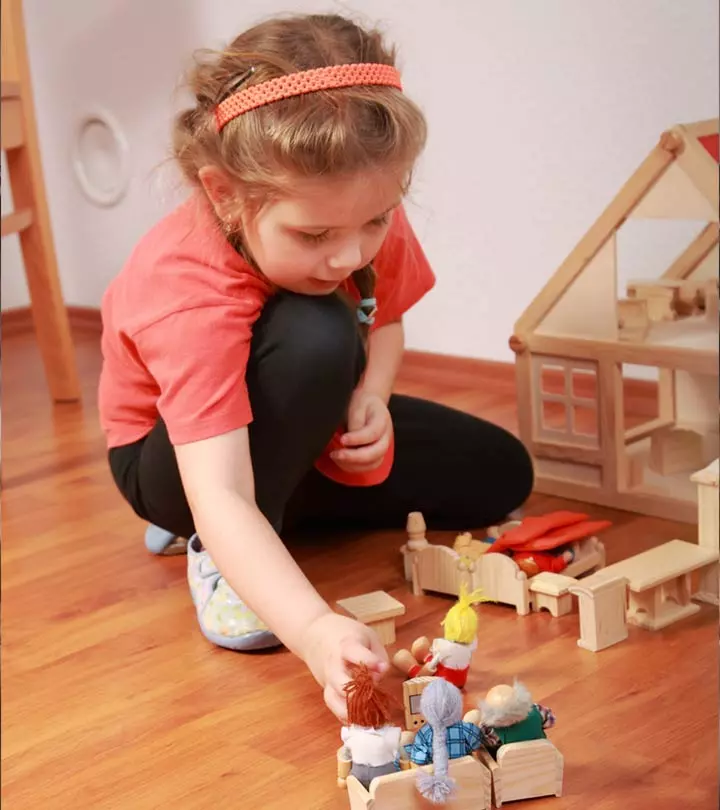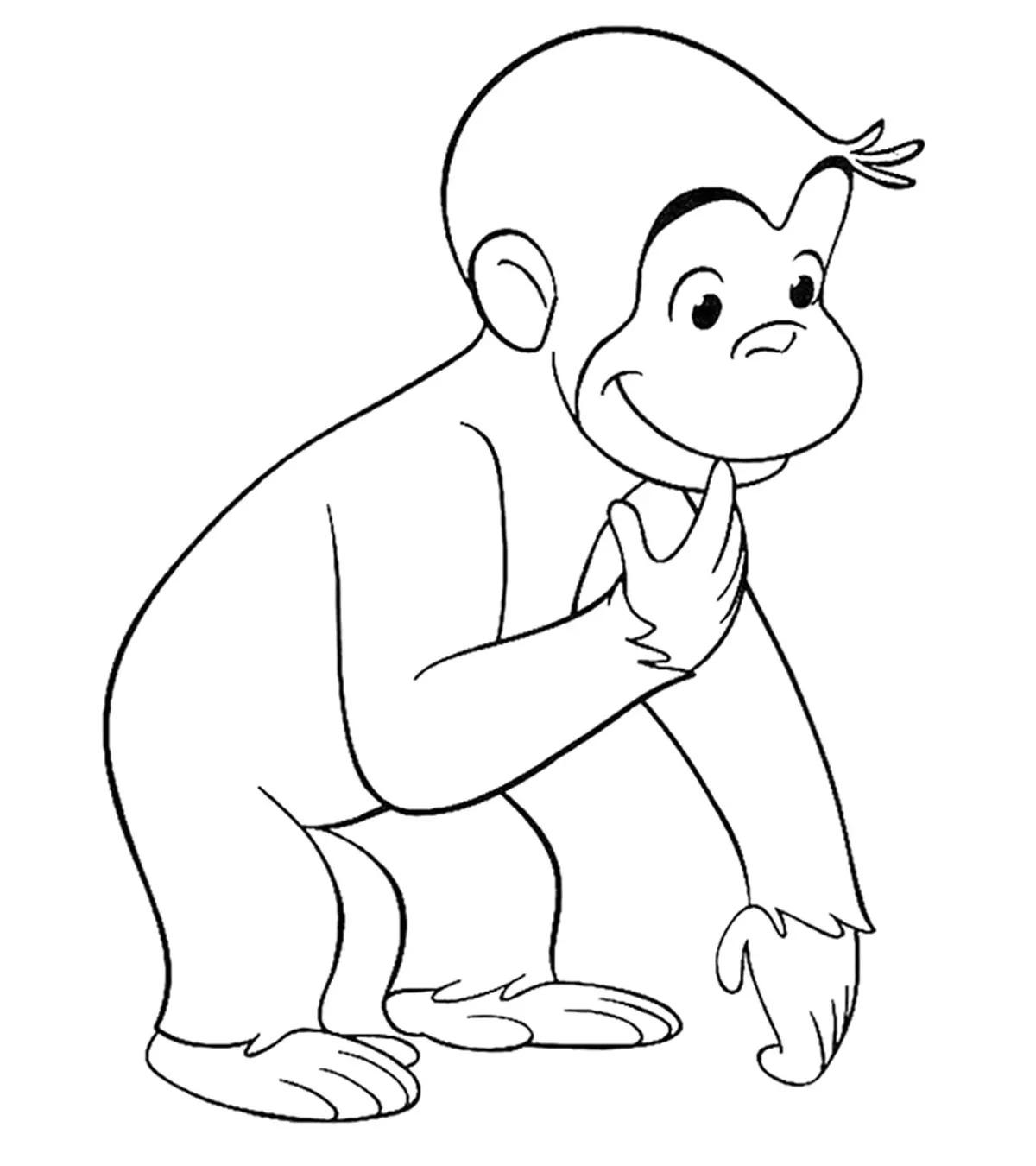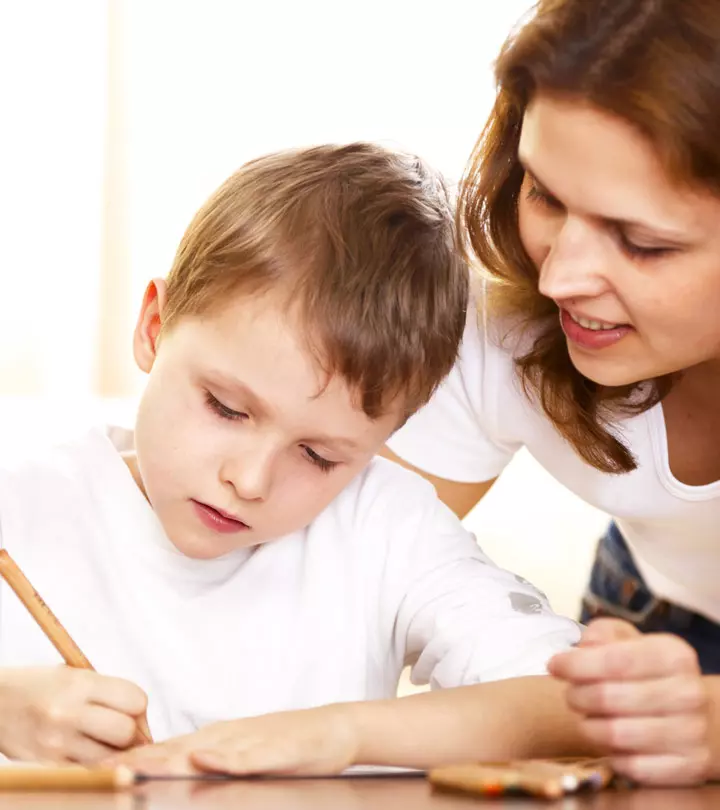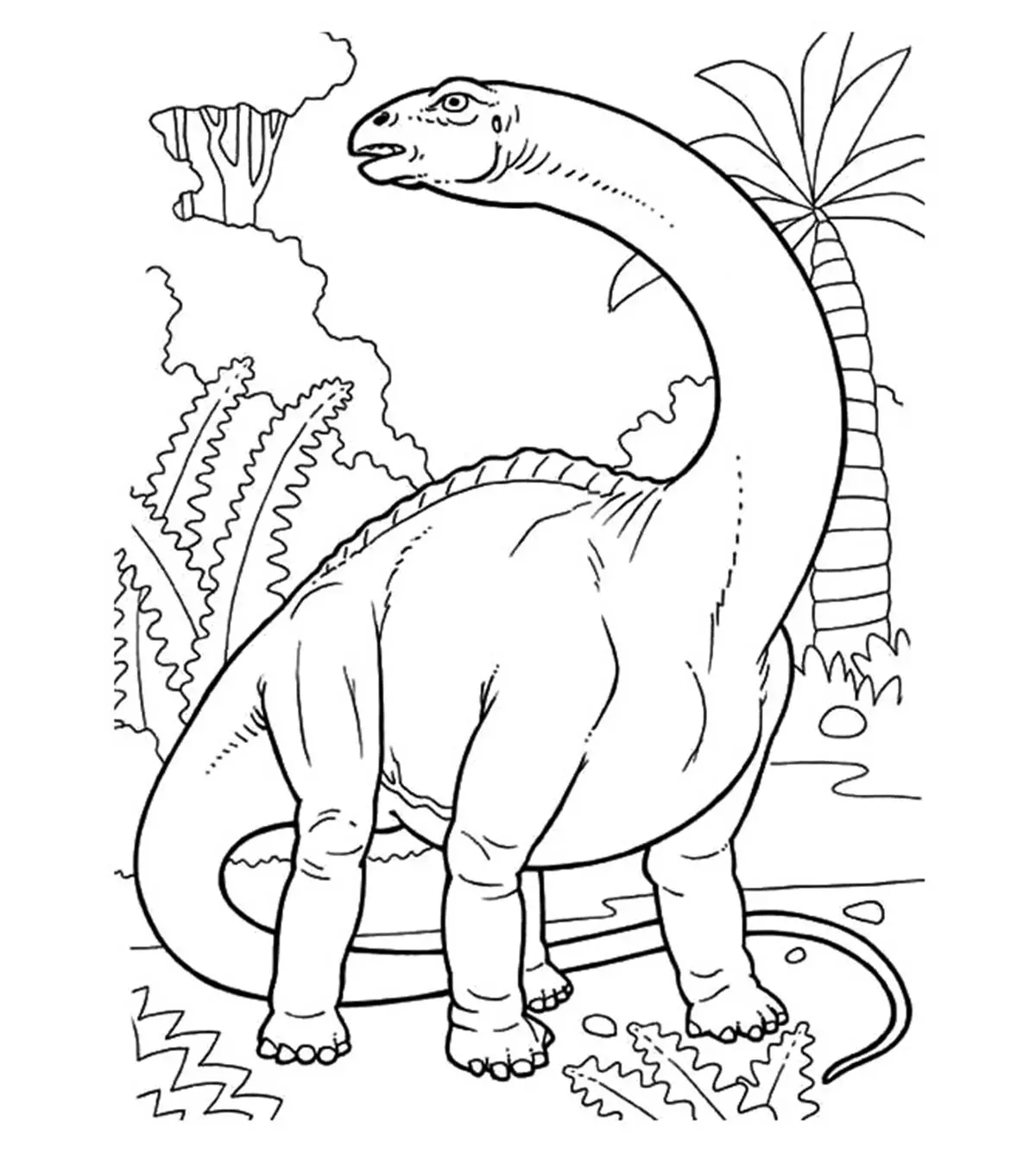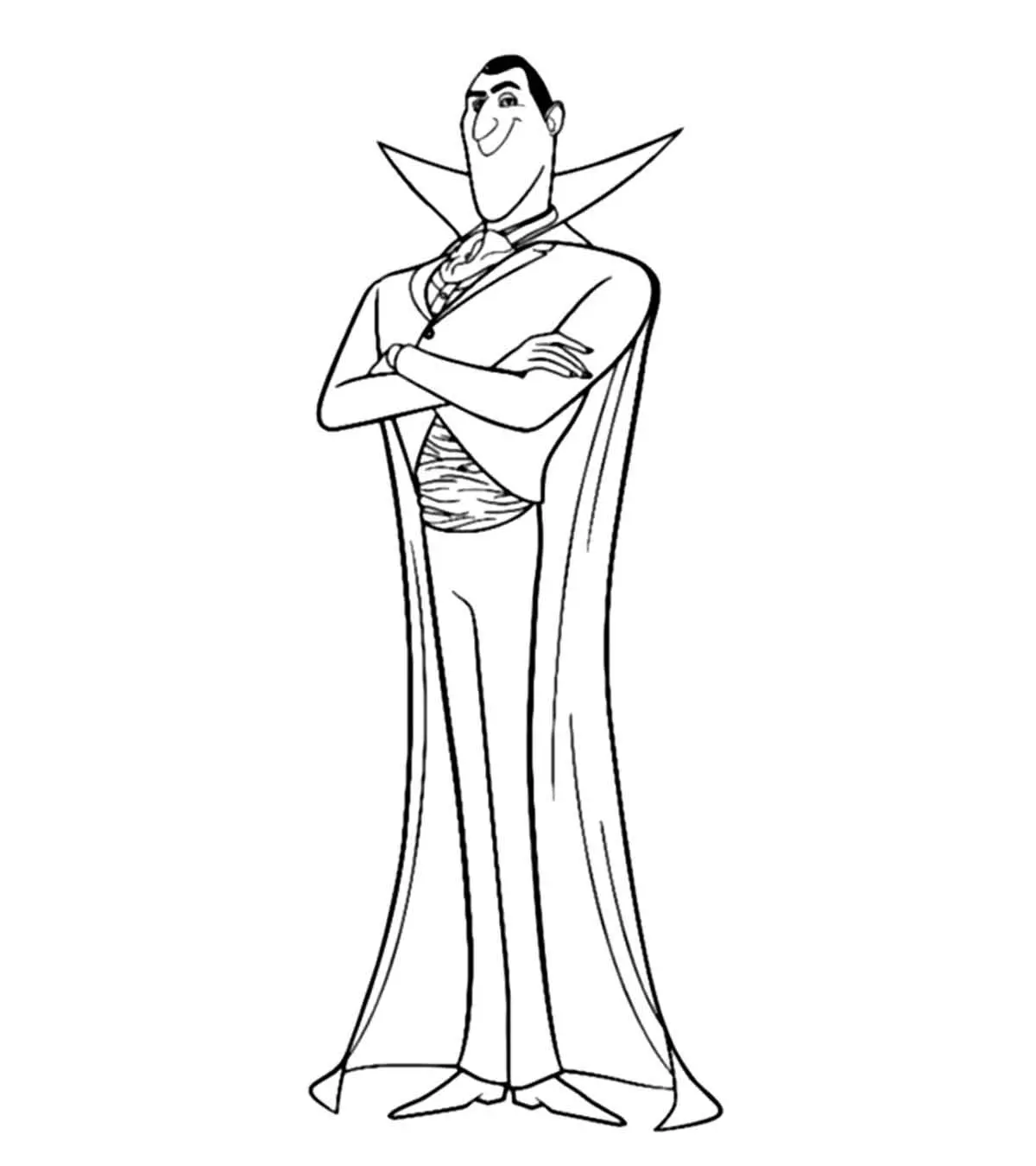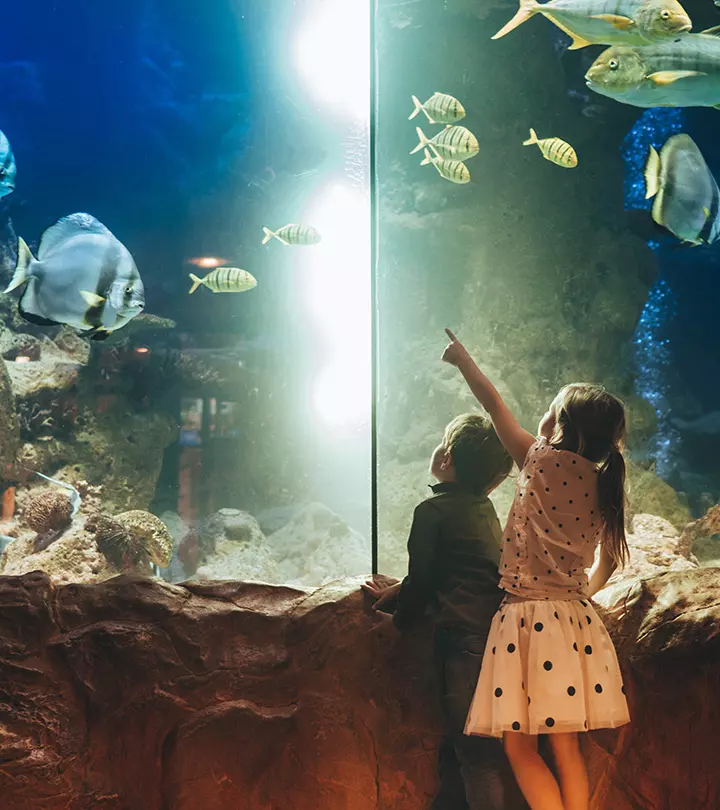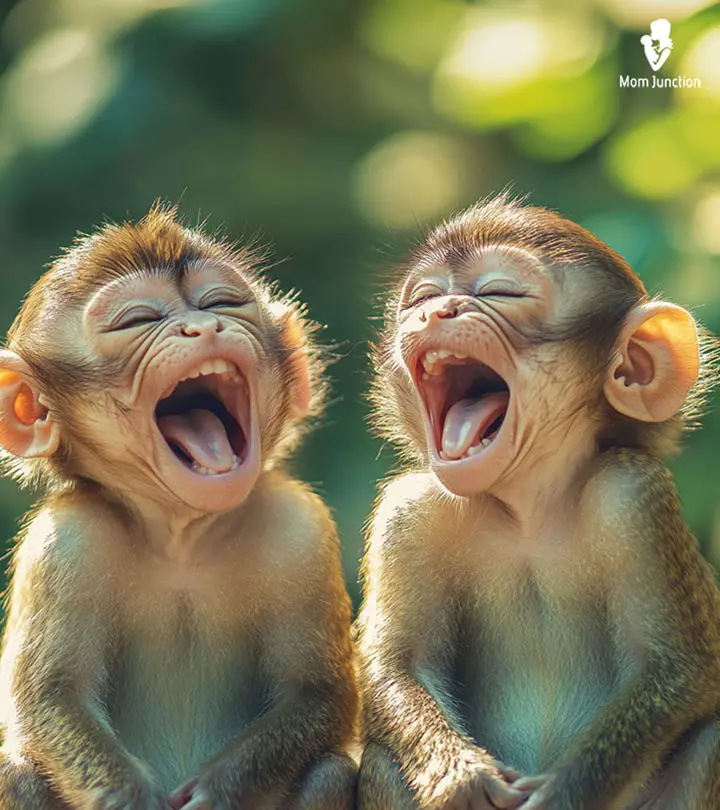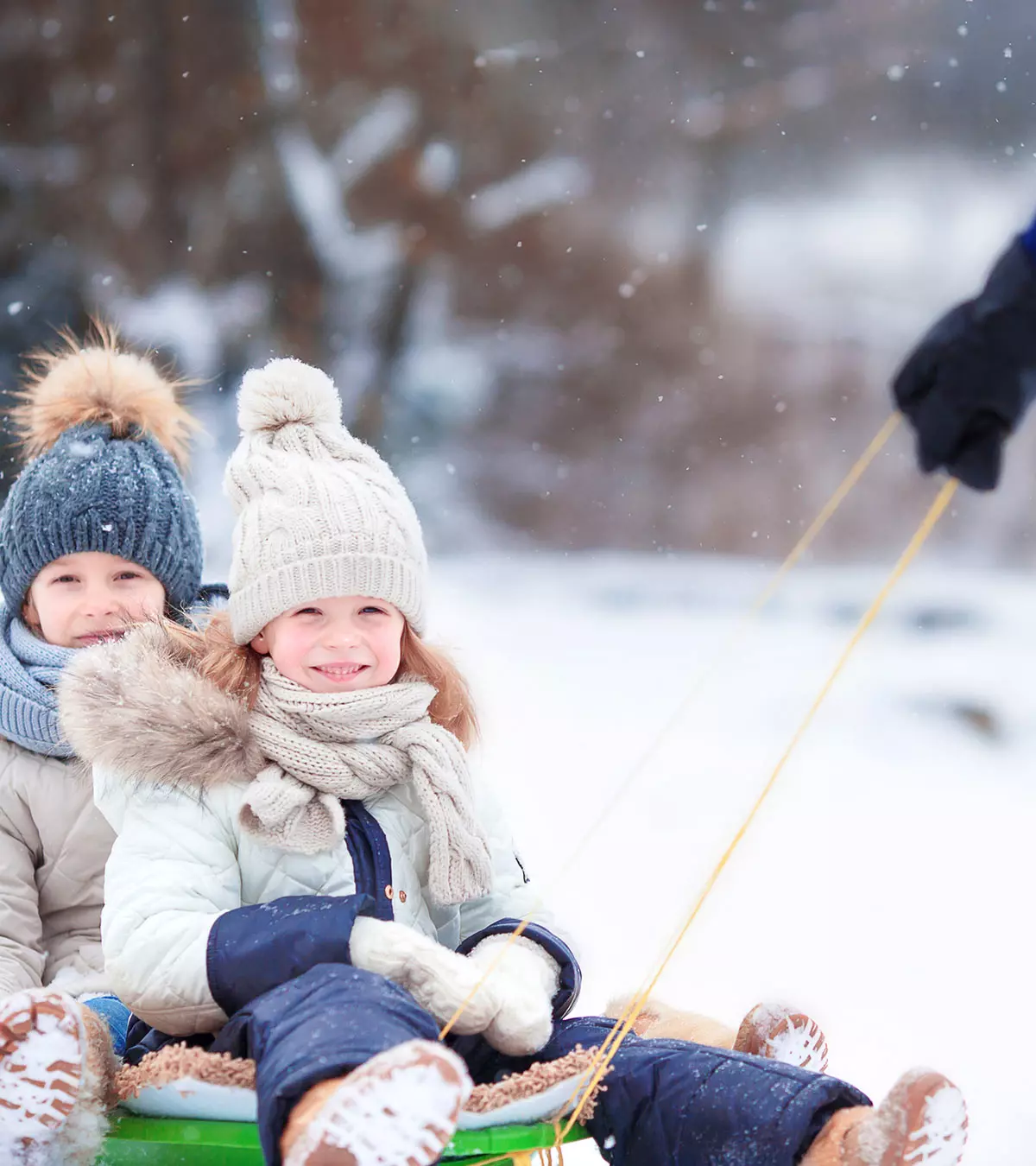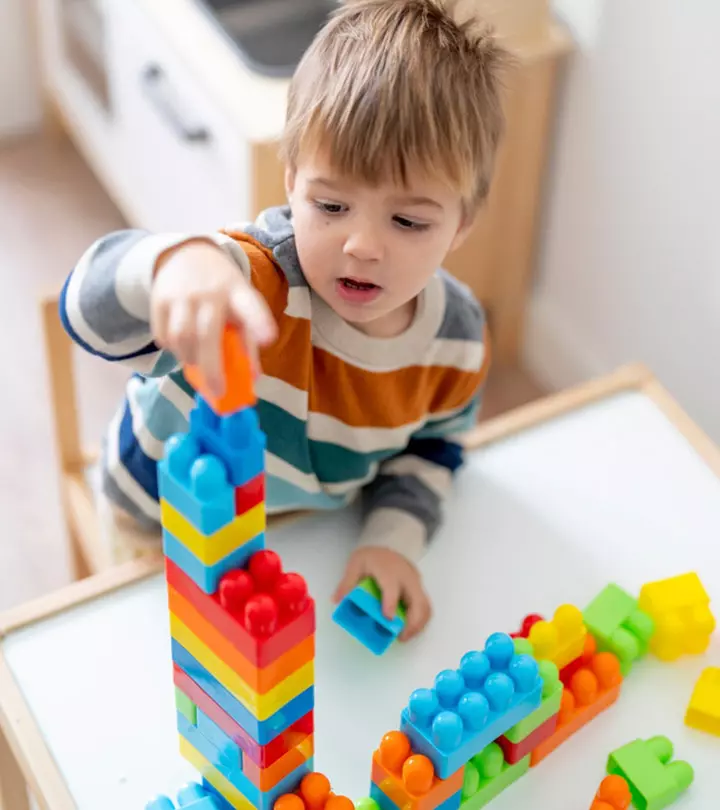
Image: Shutterstock
Preschool block activities are a source of rejuvenation and learning. There are many benefits of engaging your children in building block activities for preschoolers. It helps develop their motor skills and allows them to learn and revise letters, shapes, and patterns through play (1) Check out these activities and introduce some that may interest your little one and see how their faces light up

Key Pointers
- Building a tower, making scenery, etc., are some fun block activities for the child to reach developmental milestones.
- Pair them with their friends to measure each other’s heights with blocks to have fun and learn together.
- Teach them ABCs with the help of letters attached to blocks as they try and arrange each one in the right order.
- Block puzzle, maze, and many more fun activities as you scroll through.
20+ Block Activities For Preschoolers
Here are some fun block activities for preschoolers that are simple yet fun and entertaining.
1. Block tower
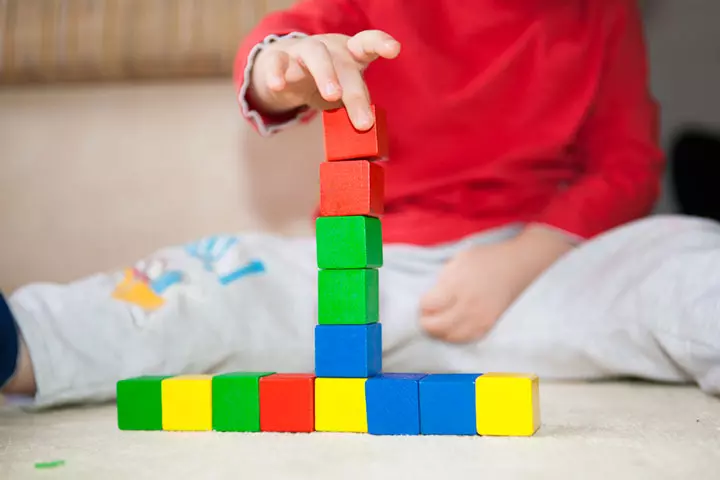
This is an effortless number learning activity. All you need to do is give the preschooler a collection of blocks for constructing a tower. As they build the tower, tell them to keep track of the number of blocks being added. This activity also aids in improving their memory and math skills.
2. Block drawing from a picture
For this activity, give the preschooler a sheet of paper and colors. Ask them to draw a building in the shape of blocks, coloring each block using a different color. This can help them with color recognition, sorting, matching, and identifying shapes.
3. Fill in the shape
For this activity, you need to tape the floor forming some pattern or shape, such as a triangle, rectangle, or square. Ask the toddlers to fill the designated area using blocks, leaving no free space. This activity will help them learn the number of sides each shape has and make detailed observations about each of them.
4. Block scenery
You need a board, paper, glue, and blocks for this activity. Ask the preschooler to stick paper on the board. Now, place the blocks on the paper and stick them to form the image of scenery. It could be a house, tree, or a building, basically, anything of their choice.
 Quick fact
Quick fact5. Block making
For this activity, you can grab some old material such as egg cartons, small packaging cardboard boxes, etc. Give the child some paper, glue, and paint. Ask them to glue the paper around the box, painting each box using a different color. They now have their very own handmade blocks!
6. Measuring activity
For this activity, you need preschoolers to form pairs. Draw a long line on the floor which is longer than the child’s height and ask one of them to lie next to it. Ask the other partner to place blocks along the line. Now let them count the number of blocks used.
7. Copying the building blocks

For this, you need to divide the blocks equally between your toddler and yourself. Now, as you keep building a pattern with the blocks, ask your toddler to copy and replicate the same shape you are making.
8. Block painting
For this activity, you need wooden blocks that are plain. Make sure the texture is smooth as it could hurt the children. Give these blocks and some paint to your preschoolers. Now ask them to paint these blocks using their creativity and imagination.
9. Playdough block building
For this activity, along with a collection of blocks, give the children some playdough. Ask them to use all the blocks to build a unique shape, such as a tree, truck, fish, with the help of clay to stick the blocks together.
10. Block printing
For this activity, you need chart paper, paints, and blocks. Instruct the children to dip one side of the block into paint and then dab it on the chart paper. Tell them to continue dabbing the paint using different colors till the chart paper is left with no plain corners.
This abstract art can go up on their room’s wall as décor.
This block-building activity is popular with children who love to experiment with printing. Claire, a mother from Wales, shares how her young son loves this activity. She says, “My little boy is not a huge fan of painting with a paintbrush but what he does love is printing activities! We have explored lots of different ways to print and one of his favorite ways involves using his toy building blocks… My son loves seeing the prints and patterns appear on his paper (i)!”
 Quick tip
Quick tip11. Alphabet learning
For this activity, you need alphabet stickers from A to Z. Ask the children to stick these labels on the blocks and then build a pyramid in the correct order of letters starting from A to Z.
This activity will be an interesting way for the kids to learn the alphabet and remember it with ease.
12. Blockhouse

For this activity, you will need a good number of blocks. Once you have collected the blocks, ask the children to build a three-dimensional dollhouse. Instruct them to begin with making four walls forming a cube and continue to build the house. They can also come up with creative ways to construct its rooftop and fence.
13. Box decoration
This activity is to teach the preschoolers the art of gift wrapping without the use of scissors or tape. Give them colorful chart papers and show them how each fold is done and tucked in to complete the gift wrapping.
14. Block fort making
For this activity, you need a big cardboard box and some paints for this activity. Now, instruct all of them to paint their boxes that appear like bricks. Once all are ready, join all the boxes to build your fort.
15. Number shapes
For this activity, instruct the preschooler to align blocks in the shapes of the numbers from 1 to 10. This activity will increase their familiarity with the way a digit is written, such as its shape, and improve their arithmetic skills.
16. Block puzzle
For this activity, draw out shapes of square and rectangle using a chalk piece. Ask the children to fill in the shapes using blocks. This activity also helps in shape recognition.
 Point to consider
Point to consider17. Block maze
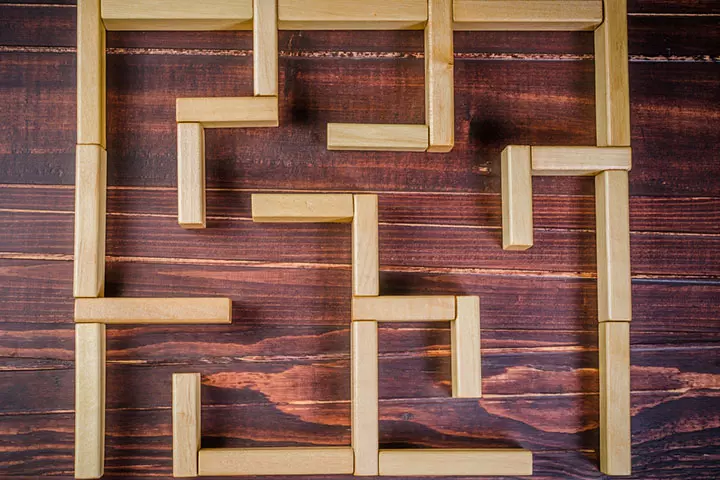
Instruct the preschooler to align the blocks in two parallel lines forming a narrow maze-like structure. To make this activity more fun, place a glass at the end of the maze and ask the kids to push a tiny ball into the maze aiming for it to land inside the glass. This activity can help the children in the improvement of their hand and eye coordination.
18. Block color differentiation
Display all the blocks over a large area and let the toddlers observe each of them carefully. Now ask them to stack and sort the blocks based on colors and shapes. This activity can help your child identify and learn more about various colors, shapes, and patterns.
19. Counting activity
With the use of blocks, you can teach preschoolers how to count. Ask them to first count all the blocks available. Now you may instruct them to differentiate the blocks based on colors. And then count the number of blocks in each color.
20. Block pathway
In this fun activity, place all the blocks in a linear fashion to create a pathway. They can get creative and form pathways in various sizes and colors.
21. Shadow match
Shadow match is a fun activity that your children will enjoy. Ask your children to make shapes using building blocks. Use a lamp to make shadows of the shapes on a table. Instruct children to copy the shadows using the blocks. This activity will engage children, prompting them to think about where to put the blocks to make the right shadow. Children can also learn how things look different in shadows.
22. LEGO animals
Do your children love animals? If yes, help them make a replica of their favorite animal using bricks. Ask your child to use different bricks for body parts and use special pieces for details like tails or ears. Let them get creative with colors and shapes. You can take inspiration online or just let your child’s imagination guide them. Building Lego animals is a playful way to nurture your child’s creativity and teach them about the world of animals.
Frequently Asked Questions
1. How do I encourage my preschoolers to play blocks?
Provide a stable, height-appropriate, and stable surface for kids to play with blocks. Add their favorite toys to the block area, and introduce only a limited number of blocks so they do not get overwhelmed. Hang pictures of them playing with blocks in the play area and exhibit pictures of tall towers and buildings to encourage children to play with blocks.
2. What are the stages of block play activities?
The block play activities involve three stages, including (2):
Stage 1: Discovering ( Infants and toddlers explore blocks by mouthing, touching, feeling, holding and them)
Stage 2: Carrying (Begins in toddlers under 24 months. They carry blocks around, explore them with senses, and throw them around)
Stage 3: 15-month-olds can stack two blocks, 18-month-olds can stack four blocks, and 24-month-olds can stack about five blocks.
3. Which skills do playing with building blocks help develop?
Block play helps enhance both fine and gross motor skills. Moreover, it improves problem-solving abilities, mathematics, language, and communication skills (3).
4. What are some essential safety tips for parents to follow when preschoolers play with building blocks?
Choose age-appropriate blocks to prevent choking hazards, supervise playtime to prevent injuries from toppling pieces, ensure the play area is free of sharp edges, and regularly clean the blocks to keep them hygienic. Also, teach the children to use blocks responsibly and avoid putting them in their mouths or throwing them.
Children in preschool love different types of play. Playing with blocks and making various shapes and structures is a fun activity for them. Besides providing just entertainment, these building block activities for preschoolers aid develop motor, cognitive, and mathematical skills. Children will love to engage and learn from these activities, be it the classic building blocks (such as block tower), the alphabet and number activities, or the exciting block painting. If you want to make it more enjoyable, you may designate specific days as block play days to make your child wait for it with excitement and like it even more.
Infographic: Block Play For Preschoolers
Blocks promote open-ended play, which means there are no set rules, letting your child use their imagination freely. You can make block playtime more fun by using DIY blocks. Save this infographic as we have listed the benefits of block play and a few household products that could be fun replacements for blocks.
Some thing wrong with infographic shortcode. please verify shortcode syntax
Illustration: Best Building Block Activities For Preschoolers
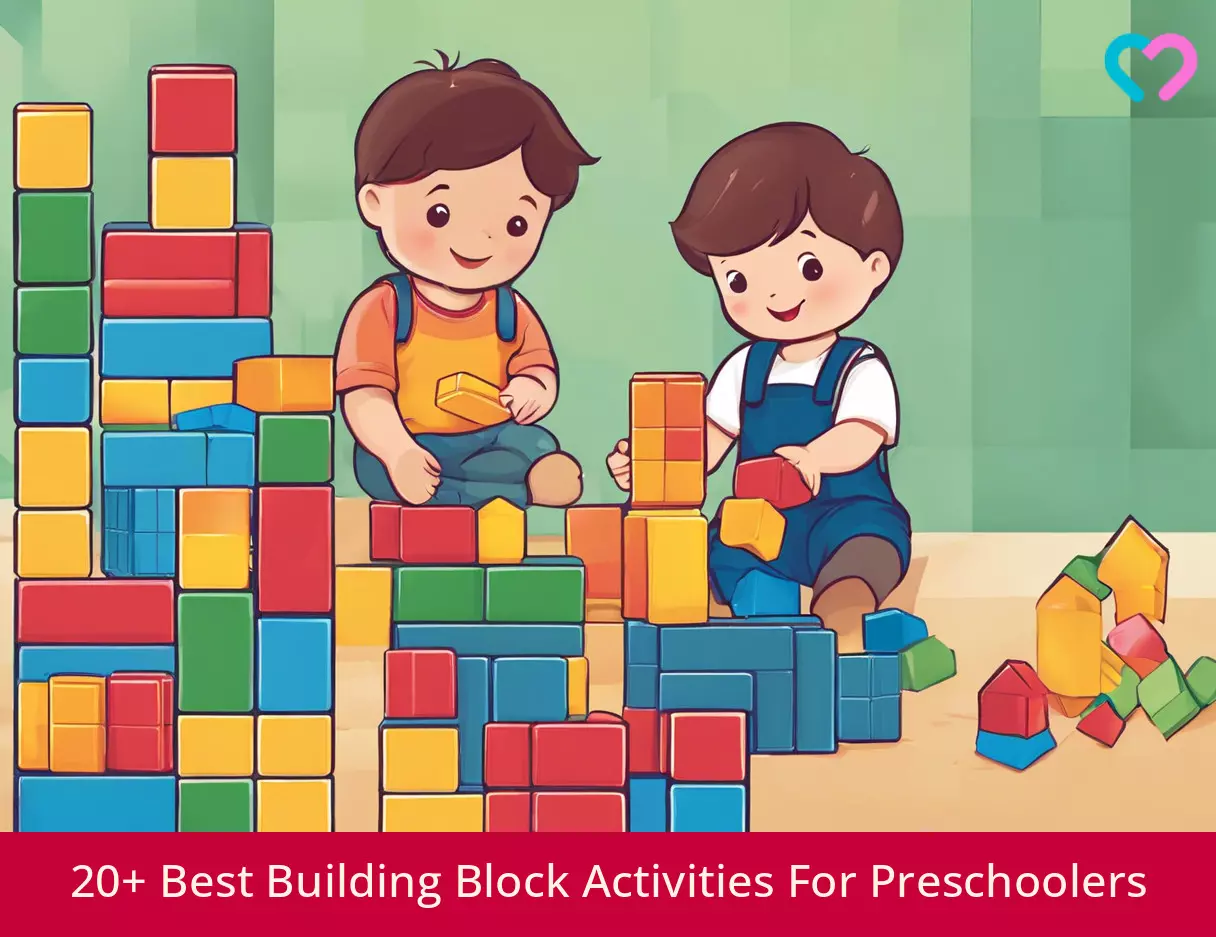
Image: Stable Diffusion/MomJunction Design Team
Let your little one explore and learn with building blocks! Watch our educational video to see how your baby or toddler can play and learn with these fun building blocks.
Personal Experience: Source
MomJunction articles include first-hand experiences to provide you with better insights through real-life narratives. Here are the sources of personal accounts referenced in this article.
i. Building block printing!;https://paintboxmum.wordpress.com/2015/10/09/building-block-printing/
References
- Perceptual Motor And Physical Development.
https://headstart.gov/school-readiness/effective-practice-guides/perceptual-motor-physical-development?redirect=eclkc - Young children + families + interactive block building = future scientists, architects and engineers.
https://www.naeyc.org/resources/blog/what-research-tells-us-about-block-play-and-stem-learning - Ten Things Children Learn From Block Play.
https://www.naeyc.org/resources/pubs/yc/mar2015/ten-things-children-learn-block-play
Community Experiences
Join the conversation and become a part of our nurturing community! Share your stories, experiences, and insights to connect with fellow parents.
Read full bio of Kristen Miller
Read full bio of Kavita Kankani
Read full bio of Rohit Garoo
Read full bio of Vibha Navarathna





